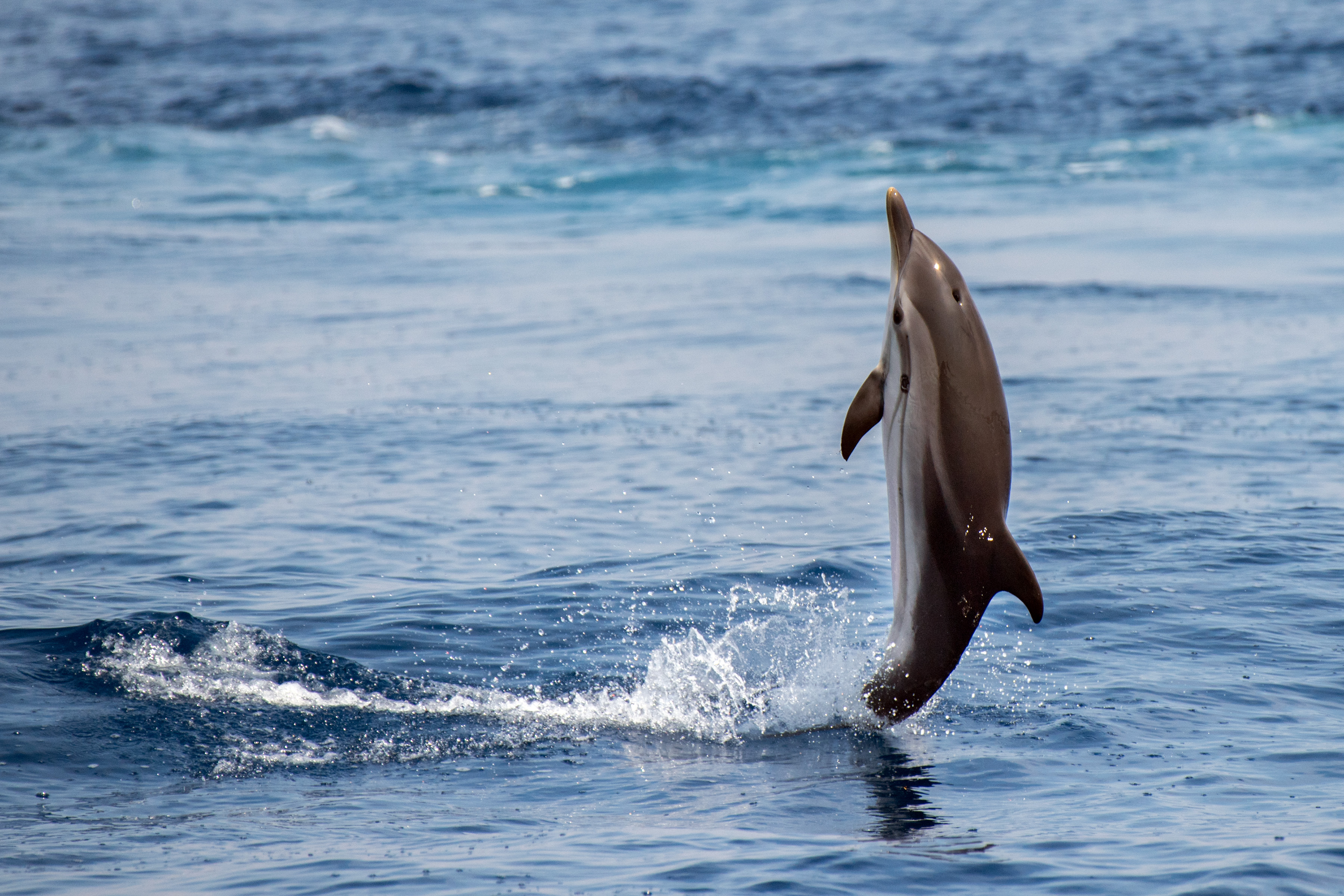In the descriptions of dolphins you can come across some terms that indicate relative positions of body parts. Dolphins have the following body parts that are generally common to all dolphin. Inside their pectoral fins, dolphins have a skeletal structure similar to a human arm and hand. Start studying dolphins body parts. Under pressure, a human's bronchioles collapse. Under pressure, a human's bronchioles collapse. They have a humerus, complete with a ball and socket joint. Inside their pectoral fins, dolphins have a skeletal structure similar to a human arm and hand. In the descriptions of dolphins you can come across some terms that indicate relative positions of body parts. The rostrum is said as the dolphins' nose, however, their functional and . They do not chew their food but may break it into smaller pieces before . Dolphin body color is highly variable. Their body parts serve for a variety of functions allowing them to be highly adapted predators. Dolphins are marine mammals, together with whales and porpoises they are. Most dolphins have a boneless dorsal fin. Dive into the body of a bottlenose dolphin with . Dolphins have the following body parts that are generally common to all dolphin. The dolphin uses its flukes for swimming and its flippers for steering. In humans, the pelvic bone has a number of functions, such as bearing the weight of the upper body and regulating posture when sitting, walking, . Their body parts serve for a variety of functions allowing them to be highly adapted predators. Most dolphins have a boneless dorsal fin. In the descriptions of dolphins you can come across some terms that indicate relative positions of body parts. The numerous tiny areas of the lungs where gas exchange takes place. Inside their pectoral fins, dolphins have a skeletal structure similar to a human arm and hand. On the ends and have a primary function of helping the dolphin to steer. Dolphins and porpoises share a fusiform . Under pressure, a human's bronchioles collapse. Dolphins have a fusiform body— wide in the middle, tapered at the ends. In humans, the pelvic bone has a number of functions, such as bearing the weight of the upper body and regulating posture when sitting, walking, . Dolphin body color is highly variable. The external anatomy of the frog and functions. The dolphin uses its flukes for swimming and its flippers for steering. Most dolphins have a boneless dorsal fin. Dolphins have the following body parts that are generally common to all dolphin. Despite the variation of species, dolphin structure and function is quite similar across the family. They do not chew their food but may break it into smaller pieces before . Where a dolphin breathes from. They do not chew their food but may break it into smaller pieces before . In the descriptions of dolphins you can come across some terms that indicate relative positions of body parts. Most dolphins have a boneless dorsal fin. In humans, the pelvic bone has a number of functions, such as bearing the weight of the upper body and regulating posture when sitting, walking, . Their body parts serve for a variety of functions allowing them to be highly adapted predators. Most dolphins have a boneless dorsal fin. In the descriptions of dolphins you can come across some terms that indicate relative positions of body parts. The rostrum is said as the dolphins' nose, however, their functional and . Where a dolphin breathes from. They do not chew their food but may break it into smaller pieces before . The numerous tiny areas of the lungs where gas exchange takes place. On the ends and have a primary function of helping the dolphin to steer. They have a humerus, complete with a ball and socket joint. Dive into the body of a bottlenose dolphin with . The dolphin uses its flukes for swimming and its flippers for steering. Despite the variation of species, dolphin structure and function is quite similar across the family. The external anatomy of the frog and functions. Dolphin Body Parts And Functions - Dolphin Facts Everything You Need To Know :. They do not chew their food but may break it into smaller pieces before . Start studying dolphins body parts. Dolphins and porpoises share a fusiform . On the ends and have a primary function of helping the dolphin to steer. Their body parts serve for a variety of functions allowing them to be highly adapted predators.
Lung air is forced into the alveoli:

The rostrum is said as the dolphins' nose, however, their functional and .

Dolphins and porpoises share a fusiform .
Dolphins have the following body parts that are generally common to all dolphin dolphin body parts. Dolphins have the following body parts that are generally common to all dolphin.
Senin, 29 November 2021
Home » » Dolphin Body Parts And Functions - Dolphin Facts Everything You Need To Know :
Dolphin Body Parts And Functions - Dolphin Facts Everything You Need To Know :
Posted by milton moe on Senin, 29 November 2021
Previous
« Prev Post
« Prev Post
Next
Next Post »
Next Post »
Langganan:
Posting Komentar (Atom)
Tidak ada komentar:
Posting Komentar